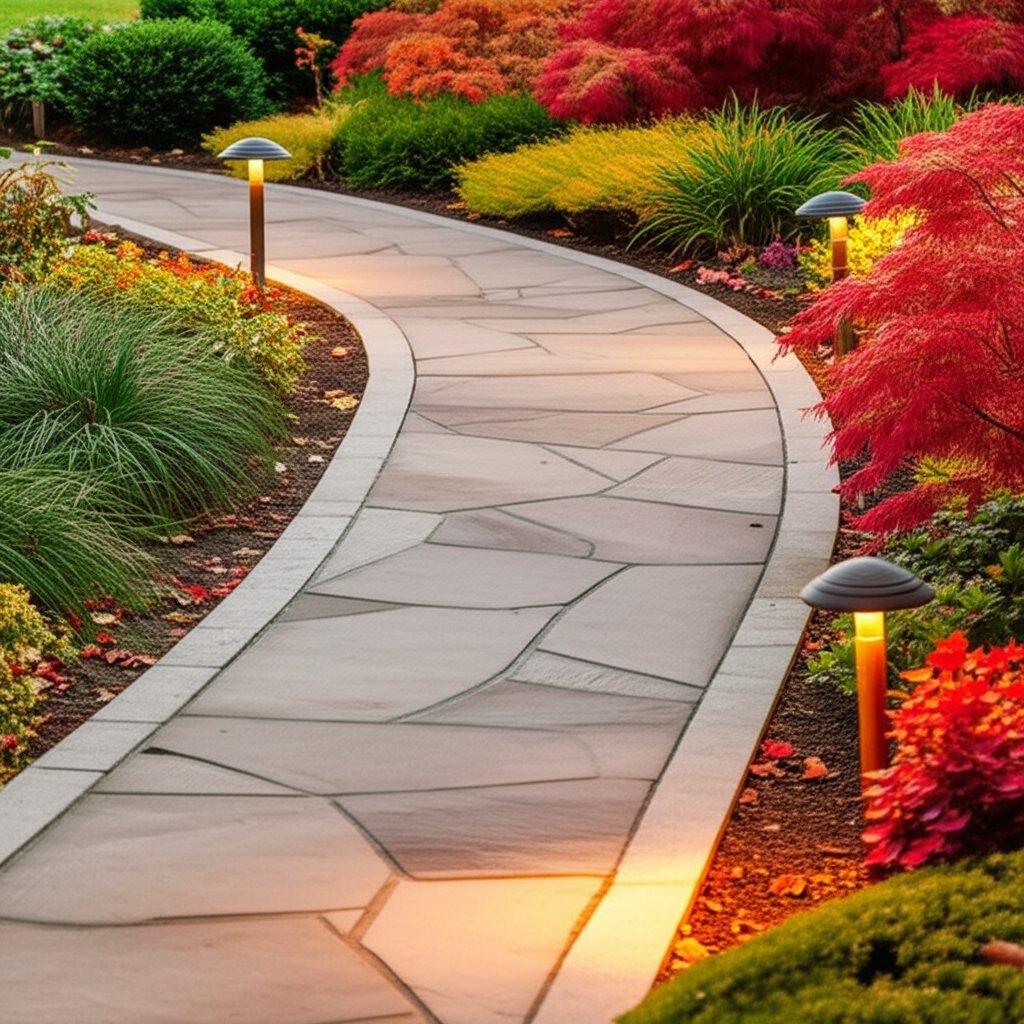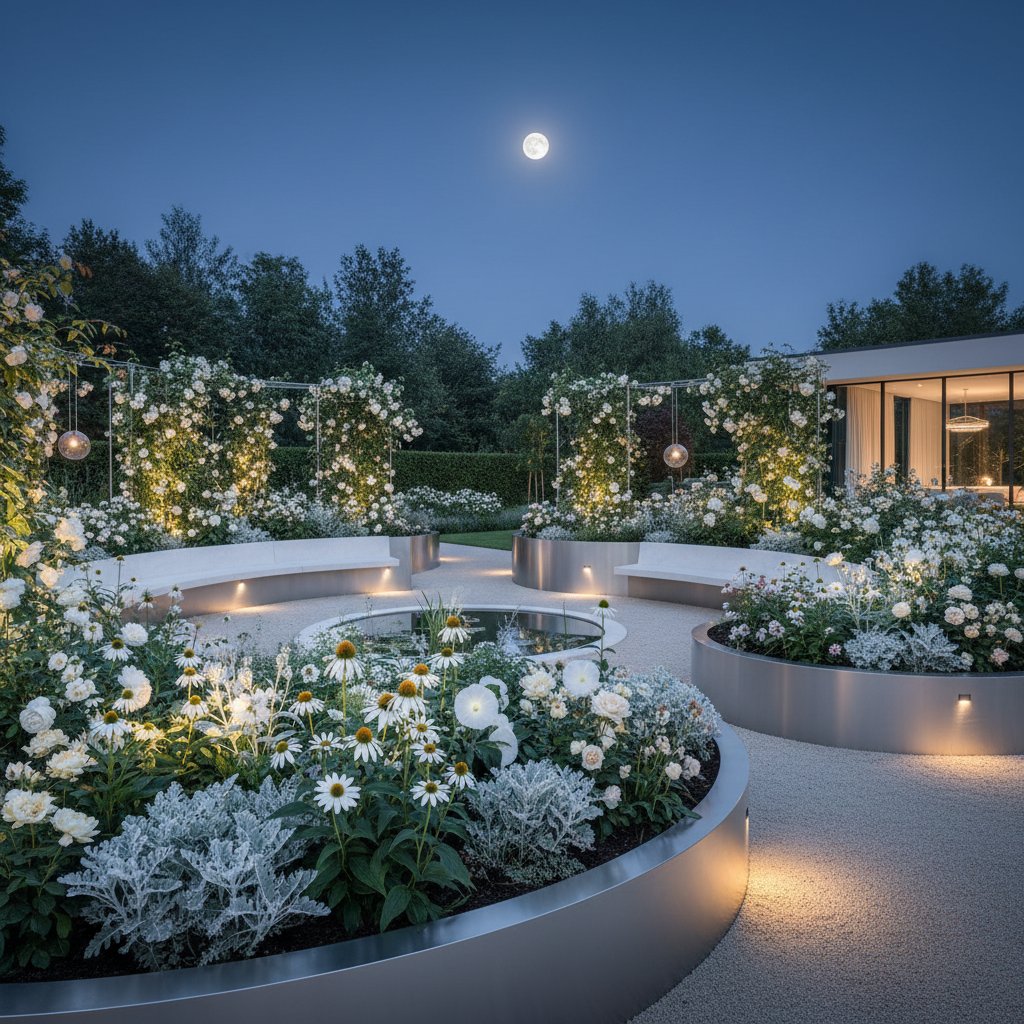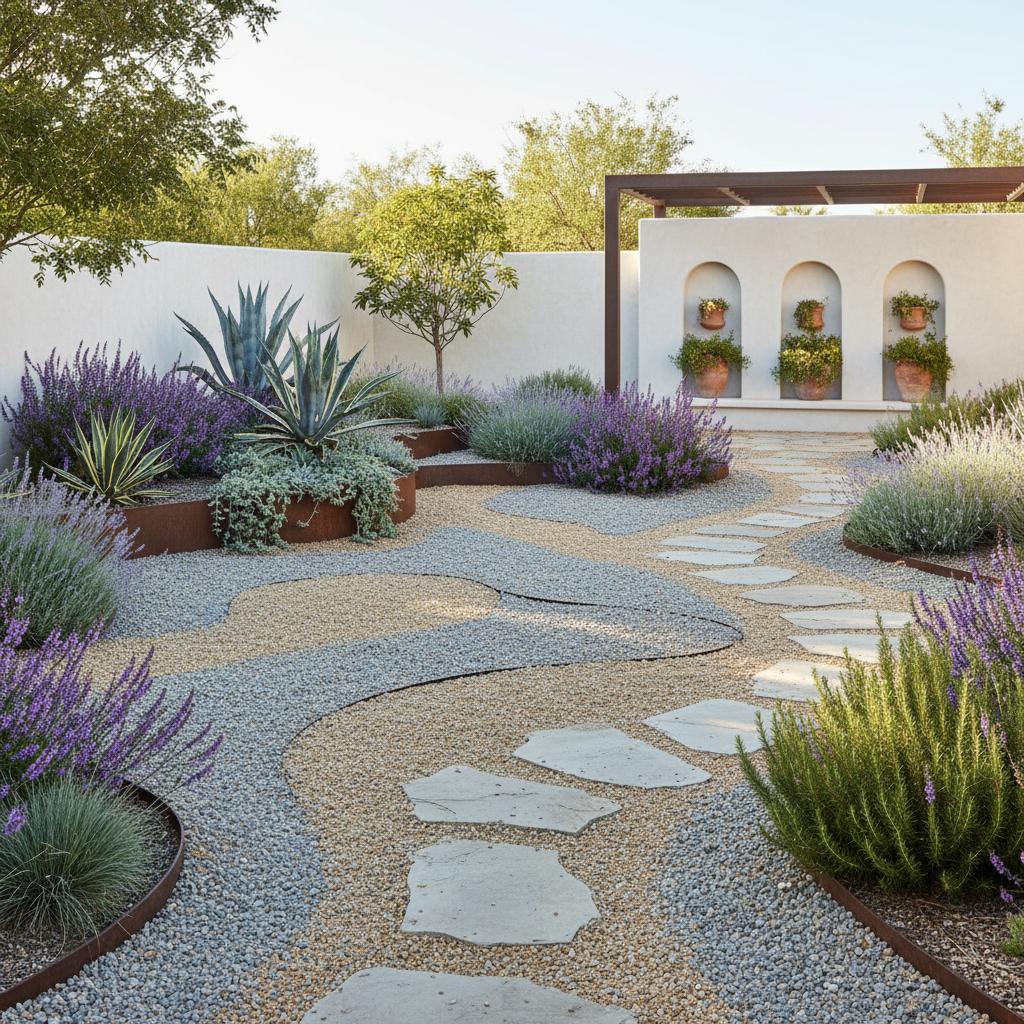Designing Captivating Autumn Pathways for Your Garden
Many gardeners notice a lack of cohesion in their outdoor spaces during autumn, where vibrant colors and textures appear scattered without direction. Well-placed pathways address this by directing the eye, encouraging exploration, and imposing gentle structure amid falling leaves and changing hues. Autumn offers an ideal opportunity to install these features, as the season's natural elements enhance their integration and appeal.
Assessing Movement Patterns in Your Garden
Start by observing how you navigate your garden space before selecting materials or layouts. Note the routes you take, such as shortcuts across the lawn to storage areas or meandering paths between plantings. These insights reveal where a formal pathway will improve usability and prevent soil compaction from repeated foot traffic.
Conduct a deliberate walk-through with a notebook to map high-traffic zones and scenic spots. Identify locations for gentle curves that invite pauses near colorful foliage or straight lines that connect functional areas like patios to entrances. This foundational step ensures the pathway aligns seamlessly with your garden's rhythm.
Selecting Materials for Seasonal Harmony
Pathway materials influence both aesthetics and practicality, particularly in autumn when wet leaves and cooler temperatures demand durability. Consider factors like installation ease, upkeep requirements, and compatibility with surrounding plants to achieve a cohesive look.
- Flagstone or natural stone: These options provide enduring elegance with irregular surfaces that echo autumn's organic forms, such as scattered acorns or mossy edges. They resist weathering and pair well with perennials that bloom late in the season.
- Clay brick: This material conveys warmth and heritage, ideal for formal or cottage-style gardens. Lay bricks in herringbone patterns for added visual interest and stability on uneven terrain.
- Pea gravel or crushed stone: Budget-friendly and straightforward to lay, gravel introduces a tactile crunch underfoot that complements rustling leaves. Opt for muted earth tones to blend with autumn palettes, and edge it firmly to contain spread.
- Sawn wood rounds or timber planks: For a rustic woodland vibe, use pressure-treated slices from local trees, which decompose gracefully over time. Space them slightly to allow drainage and intersperse with ferns for a natural transition.
Evaluate long-term care needs during selection. Gravel paths benefit from periodic redistribution to maintain evenness, while stone installations require occasional joint sealing to prevent weed intrusion. Match the material to your available time and tools for sustained satisfaction.
Defining Edges with Thoughtful Borders
Effective pathways extend beyond mere connectivity; they delineate garden zones and accentuate focal points like specimen trees or arbors. Borders sharpen these edges, preventing erosion and enhancing the overall composition.
Incorporate low-growing evergreens such as boxwood for year-round definition, or opt for autumn bloomers like chrysanthemums and sedum to inject vivid contrasts. For informal appeal, plant trailing varieties like vinca or ajuga that softly encroach upon the path's margin. Maintain borders by trimming annually to preserve clean lines without overwhelming the walkway.
Incorporating Lighting for Safe and Scenic Evenings
Shorter days in autumn prompt earlier indoor retreats, yet pathways illuminated thoughtfully extend enjoyment into twilight. Strategic lighting ensures safe passage while accentuating design elements like arching branches or border plantings.
Choose solar-powered stake lights for effortless setup, positioning them at intervals of three to five feet along curves. Integrate bollard-style fixtures for subtle uplighting that casts warm shadows, or embed LED strips within gravel for a modern glow. Test placements during dusk to balance visibility with ambiance, avoiding harsh spots that disrupt the serene mood.
Integrating Seasonal and Structural Accents
Elevate basic pathways with elements that capture autumn's essence and encourage interaction. These additions turn utilitarian routes into sensory journeys that evolve with the landscape.
Position heirloom pumpkins or gourds sporadically for pops of orange and texture, or cluster containers of hardy kale and cabbage for edible ornamentation. Allow a light layering of leaves to accumulate, raking only when they impede passage to foster a lived-in charm. Introduce a wrought-iron bench at a midway point, oriented toward a sunset view, to create an intentional stopping place that invites reflection.
Nurturing Pathways Through the Seasons
A newly installed pathway reveals its versatility as seasons shift, with autumn laying the groundwork for enduring appeal. The initial warm tones and textures transition smoothly into winter's stark outlines, spring's emerging buds, and summer's verdant frames.
Implement routine maintenance to preserve integrity: clear debris weekly during peak leaf fall, inspect for settling stones after rains, and replenish gravel layers annually. These habits ensure the pathway remains a reliable feature that enhances garden vitality year after year.
Embracing Pathways as Garden Enhancers
Pathways fundamentally reshape interaction with your outdoor environment, fostering deliberate movement and deeper appreciation. They connect practical needs with moments of beauty, making every visit purposeful.
This autumn, commit to this enhancement by mapping your space and sourcing materials that resonate with your vision. The resulting design will not only guide footsteps but also cultivate a sense of harmony, turning your garden into a dynamic extension of daily life.



